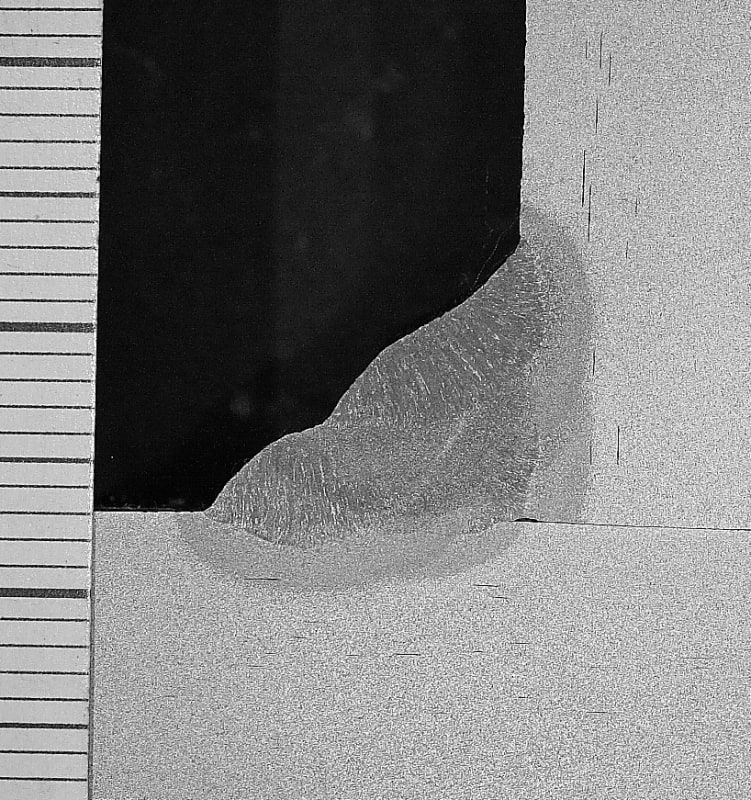Danielborgesdefreitas:
And, now I know what Z-plate is. Sorry for the misunderstanding, in my old age, I did not know that exact terminology for that plate testing. I guess we always just called that through pl. thickness testing and properties. I haven’t mill ordered any steel lately. I do not understand the need for that criteria in a padeye pl. and do see the potential need for that criteria in the end pls. on an end pl. moment connection. So, I now understand your question, and agree with your thinking. I would not want laminations in either pl., or significant slag inclusions, and we often tested for these when it was important or critical. We could order that this testing be done, at the mill, on our P.O’s, at an extra cost. That seems to be what you are calling Z-pl. You can usually see laminations and larger slag inclusions when you are cutting the material and run into them. Kingnero’s photo shows some very small inclusions of one sort or another. Weld details and defects are usually much more important/critical as relates to a quality fabrication.
In the padeye pl. detail the primary stresses are parallel to most/any laminations or inclusions, so small inclusions would not usually be a problem, and large laminations (which I wouldn’t want in my fab.) would almost be akin to two pls. with a faying surface at the lamination. In the end pl. detail, the stresses are obviously in the “Z” or through-pl. direction and a lamination is critical. In very rigid, stiff or restrained connections/joints the residual stresses from welding heavy welds and the like become very high, and are tri-axial in nature, thus the lamellar tearing occurs. I don’t like codes and design guides calling this stuff out (or not), this way. I would sooner my engineers understood the reasons behind the issues and automatically designed around these potentials, using good engineering judgement and experience. But, the way the code writing business is going these days, they want any dummy to be able to do it, if only, they have some software and they can read the code (cookbook) and follow it to the letter. There’s no need to really understand what they are doing, or the rationale behind the code requirements, just follow the formula and directions. After all, many of the code writers can’t explain the origins or rationale behind the requirements either. Over the years, as the codes became more complicated, I’ve suggested that the various code authorities should have a full time engineer, as a historian, recording and documenting the line of, and reasons for, code changes, so that people could better understand the origin, rationale and intentions of the codes. There’s no money in that when you are running a publishing business, selling new editions, instead of a knowledge based, industry wide, information and knowledge provider to the design community.
For years the steel industry kinda hid these issues. They knew that inclusions and piping existed in the web/flg. “k” regions of rolled shapes, and the more so in heavier sections, where larger ingots were needed for the rolling. With pls., they didn’t like, and warned against, ripping pl. down the mid-pl. width region, because of the potential of finding laminations. The rolling process tends to concentrate these defect/flaws in these areas. The world was generally oblivious to these issues because the primary stresses in these products, in use, were parallel to the defects, and caused very few problems. As much more complex details, restrained connections and welding have proliferated, these issues have required more attention to details of design and fabrication. Some of these material deficiencies should be being reduced with the advent of the continuous casting process in the making of steel.


